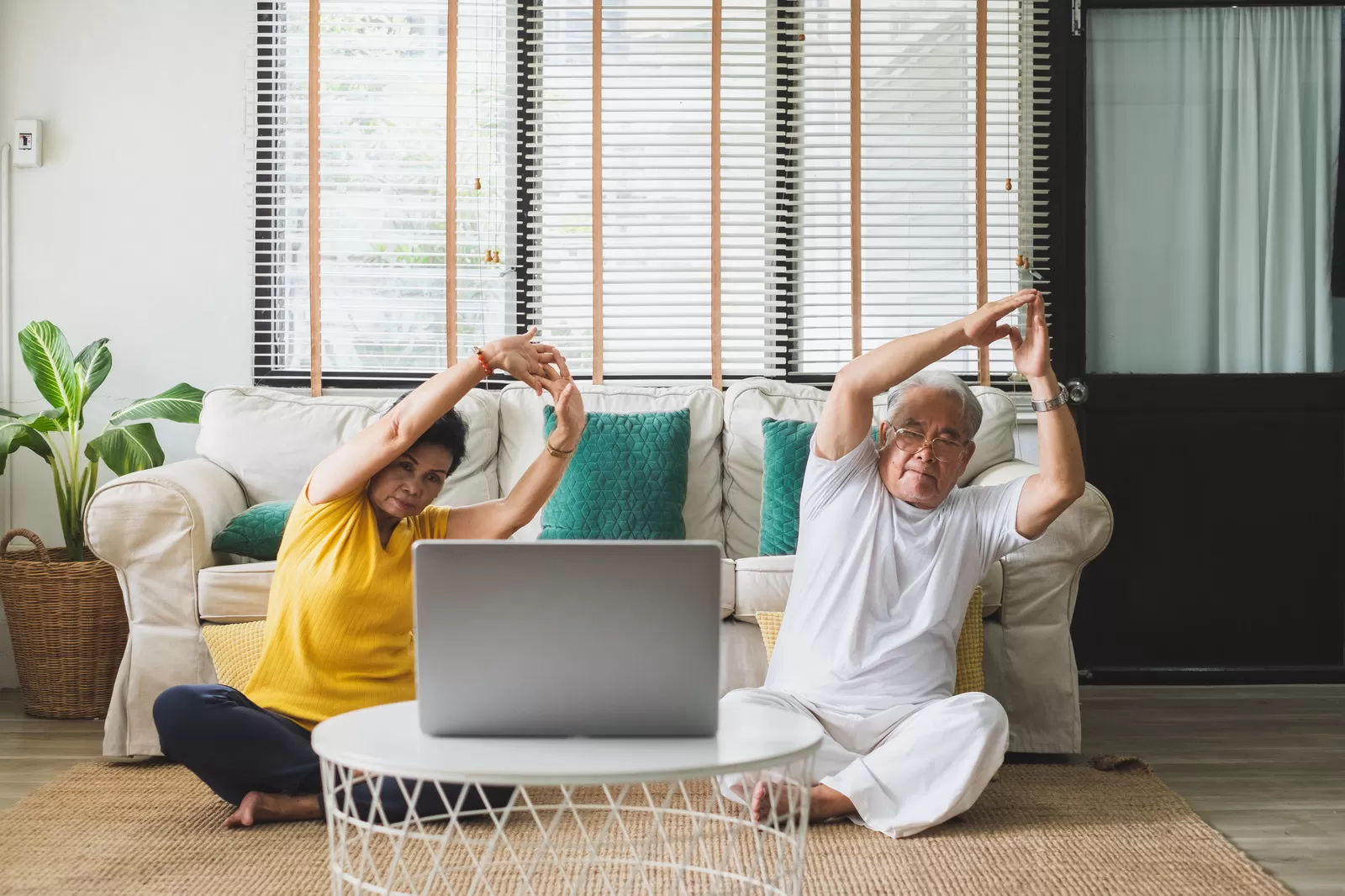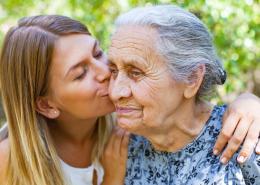Why You Need Your Workout Now More Than Ever

If you engage in regular exercise, chances are the COVID-19 pandemic has altered some aspect of your workout routine. Maybe your gym is closed, your favorite spin or yoga classes no longer an option. Perhaps you no longer meet up with friends to power walk because it’s too hard to stay socially distanced. Maybe the demands of overseeing your children’s virtual learning while doing your own job have left you with no time for your usual lunchtime run. Or you’re simply in a funk about the state of things, not sleeping well, and can’t summon the energy needed to do anything physical at all.
A Sharp Decline in Daily Steps
And you’re not alone: A recent study found that physical activity worldwide dropped off markedly with the spread of the virus. Scientists at the University of California San Francisco reviewed data on more than 455,000 users of a smartphone app that records daily steps, encompassing people in 187 countries. Ten days after the WHO’s announcement that COVID-19 qualified as a pandemic, daily steps had decreased by 5.5%. By 30 days, they’d fallen by 27.3%, with some countries seeing a nearly 50% reduction.1
Rev Up Your Physical Activity to Reset
It’s understandable that exercise may have fallen on your list of priorities, but it’s important not to abandon it. Regular movement not only benefits your body, including allowing for better sleep, but also your mind — and what’s more important than your mental health right now? According to an editorial in the Journal of Health Psychology, revving up your physical activity during periods of isolation allows your physiological and emotional health to “reset,” restoring the equilibrium you normally enjoy.2
It may help to think of exercise as a gift you give yourself to get through the pandemic, rather than a burden or chore. In the short term, a moderate or vigorous workout session can clear your brain and lower your anxiety levels.3 Done regularly, it can stave off depression and anxiety, promote better sleep, shore up bones and muscles, lower your risk of some cancers, and enable you to more easily engage in daily activities such as house cleaning, shopping, or taking care of pets or young children.3
Get Creative With Your Exercise
In fact, regular exercise is one of the best ways to improve your chances of living longer. If you’re active for about 150 minutes per week—equivalent to about two long walks, a dance class and a yoga session--you lower your chance of dying by 33%.3
One of the toughest parts of exercising during the COVID-19 pandemic is the isolation you may be feeling. However, you’re not necessarily limited to solitary fitness sessions at home. Depending on the population density and COVID-19 infection levels in your area, you may be able to walk, run, or bike outside safely.4 While it’s best to do this with members of your household, if you choose to get active with friends, make sure you stay at least six feet apart at all times. Wearing cloth face coverings, if possible, also lowers the chance of transmission.4
Other ideas include reframing chores, such as mowing the lawn and vacuuming, as workouts; using small blocks of time, such as during television commercials or while dinner is heating up, to do jumping jacks, pushups and planks; and recruiting your children to join you in choosing some catchy tunes and having a family dance party.5
References:
- Tison GH, Avram R, Kuhar, P, Abreau S, Marcus GM, et al. Worldwide Effect of COVID-19 on Physical Activity: A Descriptive Study. Annals of Internal Medicine. 2020 Jun 29 : M20-2665. https://www.acpjournals.org/doi/10.7326/M20-2665.
- Matias, T, Dominski FH, Marks, DF. Human needs in COVID-19 isolation. Journal of Health Psychology. https://doi.org/10.1177/1359105320925149.
- U.S. Centers for Disease Control and Prevention. Benefits of physical activity. https://www.cdc.gov/physicalactivity/basics/pa-health/index.htm. Last reviewed October 7, 2020.
- U.S. Department of Health and Human Services. Staying active while social distancing: questions and answers. https://health.gov/news/202004/staying-active-while-social-distancing-questions-and-answers#:~:text=If%20you're%20meeting%20up,on%20the%20phone%20while%20walking. Posted April 7, 2020.
- U.S. Centers for Disease Control and Prevention. How to be physically active while social distancing. https://www.cdc.gov/physicalactivity/how-to-be-physically-active-while-social-distancing.html. Last reviewed September 10, 2020.





